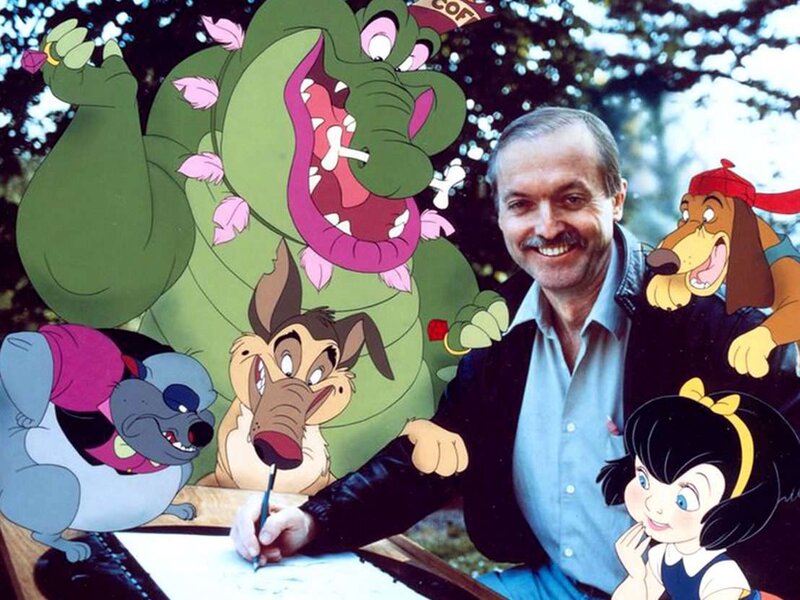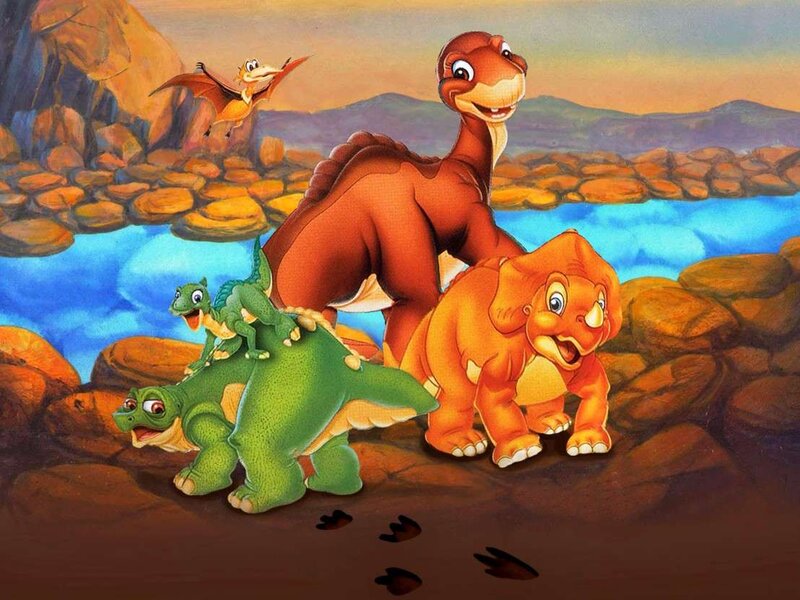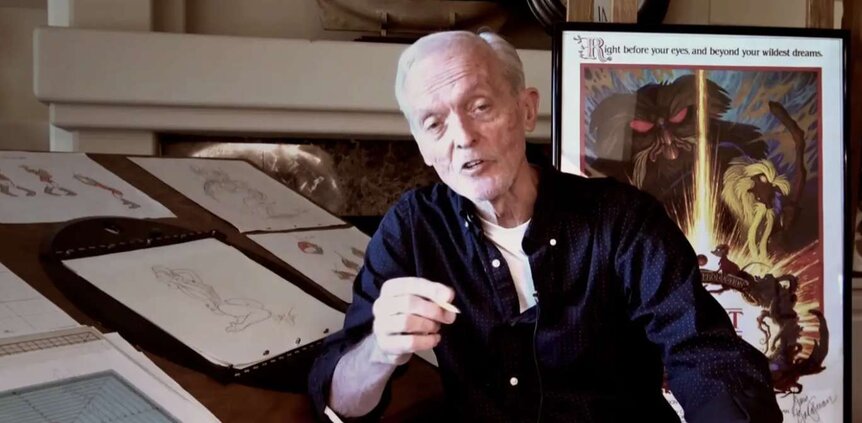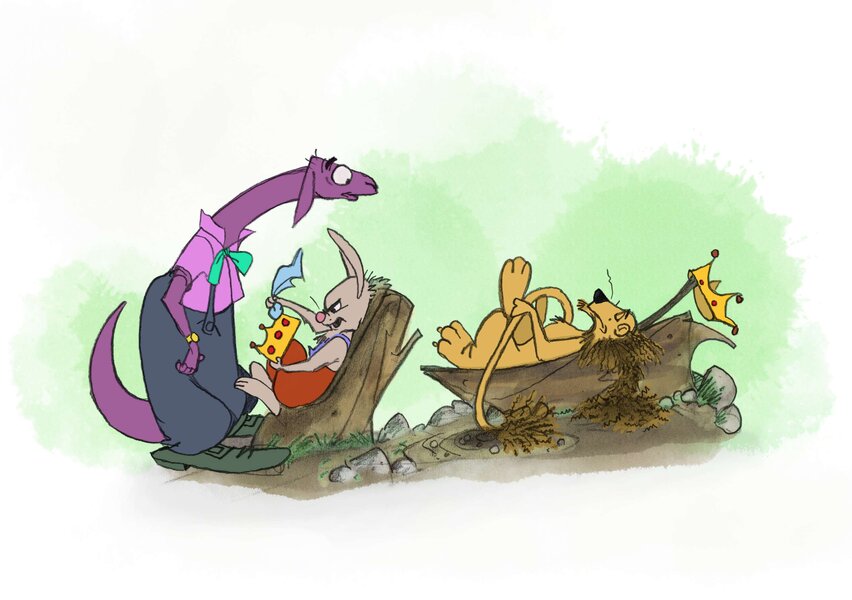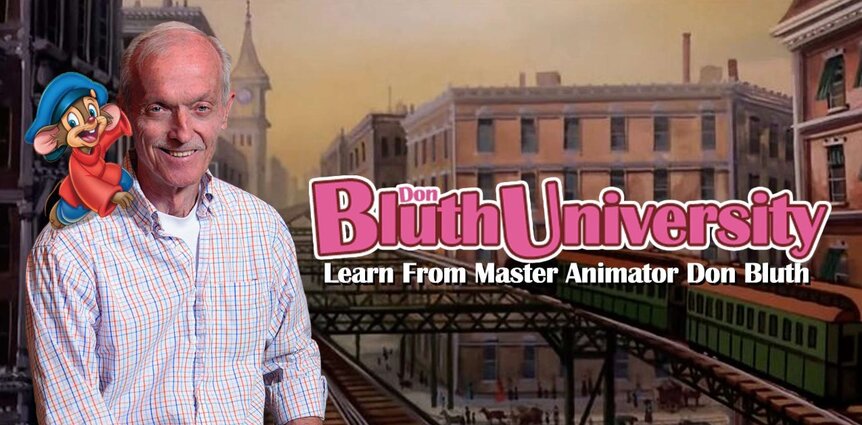Create a free profile to get unlimited access to exclusive videos, sweepstakes, and more!
Animation legend Don Bluth on his new studio, autobiography, and perfecting your craft
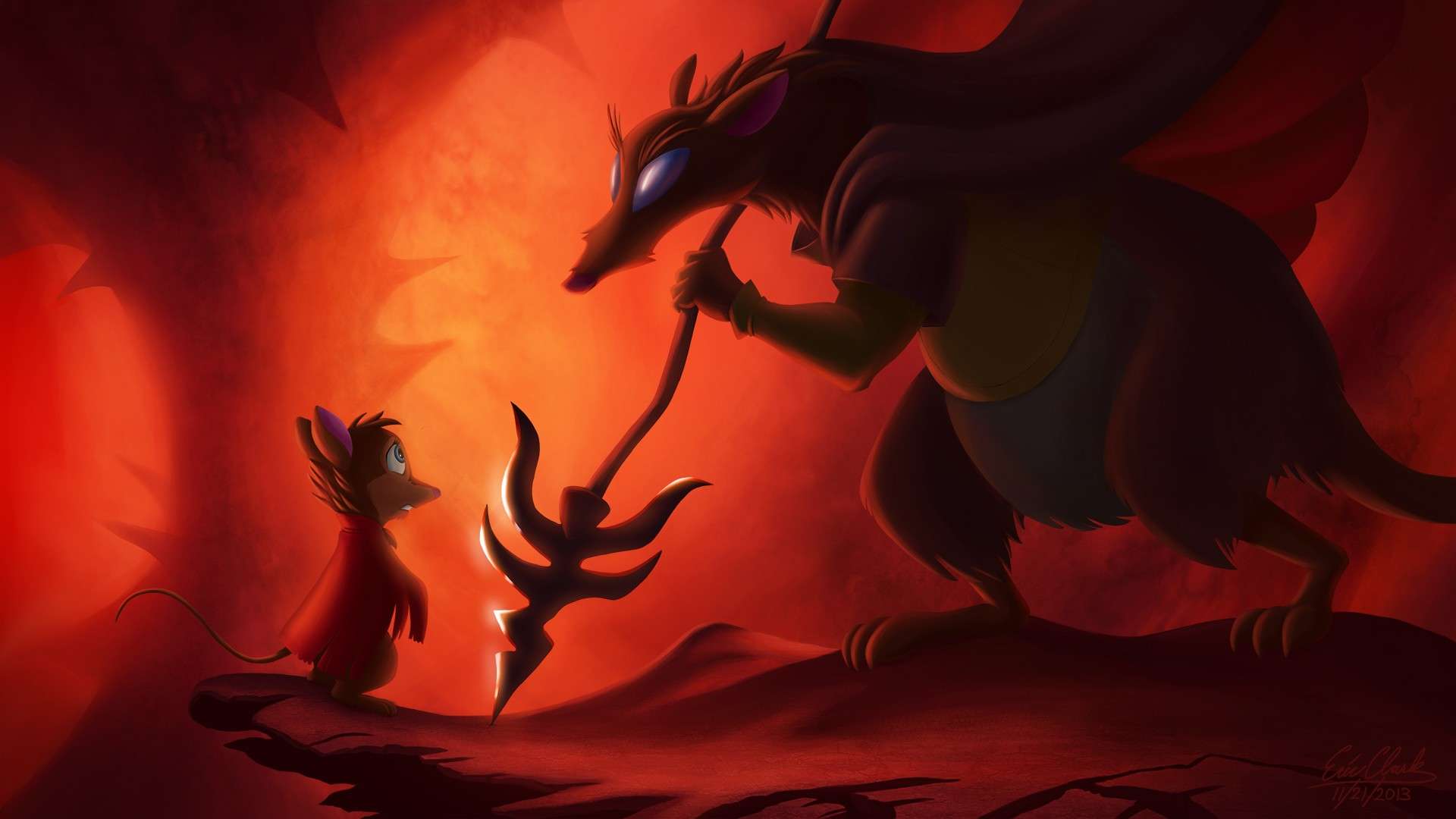
Most animated movies coming out of Hollywood are made with CGI these days — think Pixar, DreamWorks, Disney’s offerings like Frozen, heck, even overseas, Studio Ghibli is dabbling in computer-animation features.
But, award-winning animator Don Bluth tells SYFY WIRE he has remained steadfast in his determination to keep the legacy of old-school, hand-drawn techniques alive and well. Now a youthful 83 years old, the master illustrator refuses to wave the white flag of surrender and is digging in his heels to proclaim a renaissance of classic animation with a new endeavor named Don Bluth Studios.
Bluth and his team intend on targeting interested studios and streaming services with a menu of tempting 2D animated projects that would help push the tide back to more traditional times.
Will there be a backlash to CGI that will spark a return to the glory days of vintage animation? The odds are not insurmountable, and if anyone can pull it off, it’s Bluth. His accomplishments and contributions to the art of animation over the decades are legendary, and his signature style has influenced generations of filmmakers in multiple mediums.
“I don’t know what I would have been if I didn’t pursue animation,” he reveals to SYFY WIRE. “It’s all I have ever wanted since I saw Snow White and the Seven Dwarfs in the theater as a child. I saw that and said to myself, I want to do that!”
Bluth's Disney career began right out of high school, back in 1955 as an animation assistant on Sleeping Beauty, which was the final animated feature completely overseen by Uncle Walt before his death in 1966.
After Sleeping Beauty, Bluth took a rest himself, stepping away from working in animation for a while. During this period, he graduated from Brigham Young University and conducted Mormon missionary work in Argentina. In 1971, though, Bluth returned as a full-time Disney staffer to lend his talents to beloved classics like Robin Hood, The Rescuers, Winnie The Pooh and Tigger Too, and Pete’s Dragon, where he assumed the role of animation supervisor.
“Working at Disney Studios, I found that there were many days that advice was shared between all the staff and easily forgotten by all of us,” he explains. “However, the best piece of advice I ever heard was during the title credits of So Dear to My Heart. It reads: 'The greatest treasure a man can acquire is the wisdom through living.' These words resonated with me and I still hold them dear to my own heart.”
By 1979, the Disney hallmarks of emotionally-resonant, character-driven storytelling and lavish attention to detail were suffering in exchange for derivative animated fare.
After The Aristocats was released in 1970, Disney delivered only three cartoon features for the rest of the decade: Robin Hood, The Many Adventures of Winnie The Pooh, and The Rescuers. The studio instead started focusing on big budget, live-action offerings like 1979’s The Black Hole, which intended on cashing in on Star Wars mania but fell flat with audiences.
That same year, restless and discontent with the way Disney’s animation department was being downsized, Bluth led a now-famous exodus from the House of Mouse to form his own independent studio.
Fourteen other animators followed him and director Gary Goldman out the door to eventually establish a Disney-style production facility to generate quality features without interference.
This was the genesis of Don Bluth Productions (later Sullivan Bluth Studios), whose staff of writers, painters, inkers, and directors ignited a period of creative output that produced such classics as The Secret of N.I.M.H. (1982), An American Tail (1986), The Land Before Time (1988), and All Dogs Go To Heaven (1989).
Their mission statement was to restore animation to something finer than it currently was, and to defend the values of the Golden Age of animation represented by cherished works like Pinocchio, Fantasia, Dumbo, and Bambi.
What remains immediately apparent in the new studio’s debut film, The Secret of N.I.M.H., are the more sophisticated (and costlier) techniques Bluth and his animators employed to give the film a rich, detailed texture. The most prominent methods were Rotoscoping, where animators use live-action frames to trace over footage; Backlit Animation, with animated mattes shot with light shining through color gels; and Multiple Color Palettes, which reflect subtleties in character lighting conditions.
To say that Bluth single-handedly saved the animation industry in the ‘80s would not be far from the truth. It was in this decade that Disney’s supremacy in the animation arena would quickly fade, with big-budget disappointments like 1985’s The Black Cauldron heading up a forgettable roster of releases, and Don Bluth-led offerings outperforming many mediocre Disney pictures.
It wouldn’t be until the Michael Eisner-led era that Walt Disney Feature Animation rebounded by giving audiences critical and commercial successes such as The Little Mermaid (1989) and Beauty and the Beast (1991).
But as Disney regained its mojo in the ‘90s with Aladdin (1992) and The Lion King (1994) keeping the string of consecutive hits alive, a new pixelated spectre loomed on the horizon when Pixar's Toy Story became the first computer-generated animation feature film in 1995.
Although champions of traditional hand-drawn animation may look down on CGI, the high-tech medium is an extremely labor-intensive enterprise, with films like Pixar’s Monsters, Inc. requiring hundreds of digital animators creating more than 100,000 separate frames per hour of screen time. The thing is, old-school cel animation and hand-drawn methods are even more exhausting, enlisting the talents of an army of illustrators, tracers, inkers, and colorists.
“Computers really have changed the industry, from limited animation such as Flash to CG animation,” Bluth says. But even though he’s a standard bearer of traditional animation techniques, he’ll make some concessions to technology: “We once used cels, which we painted each individual frame of animation on a celluloid sheet. We here still do most of the animation on paper, including clean up. Then we do the painting on the computer. It does save time and the high costs of paint and supplies.”
It takes a certain type of fortitude to endure years of development drawing characters and background designs that lead to a typical full-length animated movie, something which Bluth still has a tremendous passion for, even as most creators his age are enjoying retirement.
Granted, some parts of Bluth’s career were less charming than others.
In 1982, his first animation company, Don Bluth Productions, filed for bankruptcy due to rising costs and an industry labor strike. But Bluth, ever indomitable, soldiered on. After a brief dip into the video game world where he co-created the 1983 laserdisc arcade game, Dragon’s Lair, and its 1984 follow-up, Space Ace, with colleague Gary Glodman, he then partnered with businessman Morris Sullivan in 1985 to forge Sullivan Bluth Studios and relocated to Dublin, Ireland.
During their most productive period where they rivaled the mighty Disney juggernaut, the Sullivan Bluth Studios consisted of 21 different departments and employed 350 persons in a wide range of jobs across the entire spectrum of animation and administration.
After their string of initial hits, the Irish-American studio closed its doors in 1995 following the release of their last feature, The Pebble and the Penguin. But it was an enviable 10-year run for the Bluth-led creators, an output that saw An American Tail become the highest-grossing non-Disney animated feature to date. Similar results were achieved with The Land Before Time, with the coming-of-age dinosaur adventure grossing an impressive $84 million worldwide.
Ever persistent, Bluth then united with 20th Century Fox to head up their newly-formed Fox Animation Studios based out of Phoenix, Arizona.
His first Fox film, 1997’s Anastasia, was a major hit and collected $140 million in global box office receipts. But his next project, 2000’s hard-rockin’ sci-fi saga Titan A.E., bombed at the box office, despite some astonishing animation, a $75 million budget, and an engaging Star Wars-like space fantasy storyline. Fox finally shuttered their animation factory that year and wouldn’t offer another hand-drawn animated film until 2007’s The Simpsons’ Movie.
Throughout challenging cycles of record-breaking films, bankruptcies, layoffs, expansions, unrealized projects, and ambitious resurrections, Bluth is still a fearless champion of traditional hand-drawn animation. With unwavering faith, he now hopes to help restore its attraction to mainstream audiences into the 21st century. And he’s back at the vanguard, protecting its timeless aesthetics and storytelling potential as he embarks in the newest phase of his long career.
While Netflix is developing an adaptation of his and Gary Goldman's Dragon's Lair with a live-action feature starring Ryan Reynolds, Bluth is busy branching out with new ideas, new characters, and new cartoons.
Besides penning his autobiography and accepting applications from aspiring animation students for Don Bluth University, Bluth is currently engaged in something he calls Bluth Fables. This fun series of Aesop's Fables-style stories and nursery rhymes carries the familiar Bluth magic, and can be viewed via their YouTube channel. It’s a project he’s thrilled to begin sharing with the world.
“Well, I can assure you we have a GREAT deal of excitement for the future,” he admits. “I’ve always loved classic fairy tales and Aesop’s Fables. The first project at Don Bluth Studios that we’re tackling is Bluth Fables, which will be in story book form. I’ve written 12 of these stories so far, and each has their own characters and message.
“The charm of classical hand-drawn animation has never left us, and that charm is missing in CG films today,” Bluth continues. “As I’m told on a daily basis from our students, and fans online, they all want to see traditional animation return. I know classical hand-drawn animation may never fully come back, but you still can achieve a great film using the computer as a tool for certain production stages.”
In addition to concocting new animation ideas and producing Bluth Fables, Bluth has recently penned his memoirs and is searching for a publisher to release the autobiography, a process which has allowed him to reflect on a lifetime drawing cartoons.
“I talk about my childhood a lot, the inspirations that led me to work for Walt Disney,” he notes, “the many talented people I have worked with over the years, my departure from Walt Disney, and detailing my time directing and animating films. When I first started, I wondered if anyone would want to read this book. [Laughs.] But in the end, I feel confident it might inspire others.”
Speaking of inspiring, Don Bluth University just sold out its November virtual classes for aspiring students, and Bluth is eager to impart his knowledge to an enthusiastic crop of fledgling animators.
“The one ingredient is to perfect your skills as an animator. Every day you must say these very elusive few words in secret to yourself… 'If I cannot be the best animator in the world, maybe I should choose something else.' You cannot achieve any degree of perfection without hard work and practice. With any difficult profession, it won’t come to you overnight. Never give up and make it happen. In the end, you must enjoy what you do. Otherwise why are you doing it?”
For over half a century, Bluth’s name has been synonymous with telling innovative stories via the art of animation, and it’s formed most every facet of his prolific life. His boldness and inability to compromise when it comes to his art are just some of his most admirable qualities.
“Striving to achieve any degree of perfection of any of the arts requires constant diligence to remain on top of the game,” he notes. “There is a law in the universe that I believe most assuredly. The law says you’ll either get better at what you do or worse. You cannot remain still.”
Can Bluth lead the charge to return 2D animation to its former prominence? Or has its time come and gone? Has CGI worn out its welcome, only to be pushed aside by a ghost from the past? For moviegoers and animation fans, it’s an exciting, somewhat polarizing debate — and one that Bluth certainly hopes he knows the answer to.
After more than 60 years in the animation industry, through all its peaks and valleys, one might wonder how the octogenarian from El Paso, Texas stays optimistic and energized in his pursuits.
“To answer that question I quote the words of Walt Disney himself: 'We must be inspired continually by the things of life all around us,' and if that element is missing, it seems to me your life is basically over.'”
